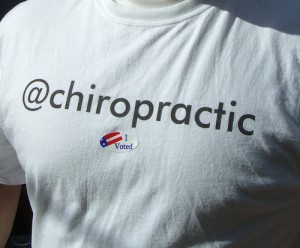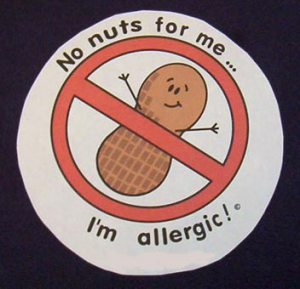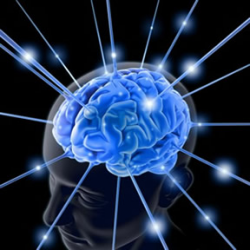Signs You Should See A Chiropractor
This is a guest post by Michael Valhalla about Chiropractor. How many times have you caught yourself saying, “it will just go away”, or “I’ll just take some pain pills”? It’s always the easiest way out to think that your pain is going to go away. Maybe it will! But letting a pain go on and on is like saying that the check engine light on the car will just go away. Letting pain linger can bring more damage to the body than you may really know. To prevent further damage to the body, below are some signs that indicate you should see your chiropractor for help.
Trauma Pain – Accidents that are caused from sports injuries or car accidents or even a hard fall can result in some underlying problems that a chiropractor can detect. Auto accidents can have long lasting injuries to the body and treatments need to begin soon after an accident to limit inflammation and help to restore normal movement. These things can lead to nerve damage, broken bones, herniated disks and torn ligaments. Many of those issues will go away by themselves, but most will need some chiropractic help to get rid of. Remember that just because your car looks fine, doesn’t mean you are!
Extremity Pain – When you have constant pain in the arms and legs you should see a chiropractor. Pain in the extremities is a sure sign that something is inflamed and could mean a possible disc problem, nerve problem, or other serious problem that needs to be diagnosed by a chiropractor.
Range of Motion – This is one of the most clearcut signs that you should see a chripractor. If you can’t move your arm in your shoulder socket as much as you usually can, or you feel a pinch everytime you bend your ankle a certain way. It would behoove you to make an appointment!
Waking Pain – Pain that is so painful that it wakes you up at night could be a sign of a serious problem that a chiropractor needs to evaluate. Rest assured that these will not go away with simple rest – you’ve already proven that that’s definitely not the case!
Numbness/Tingling – Frequent numbness or tingling (especially in the legs or back area) is a serious sign that you need to get help. Most of the time, this is some type of issue with a nerve, and a doctor is the only one that can tell you what this is. Not doing so could result in irreversible pain and/or damage.
When it comes to seeing a chiropractor, keep an open mind. Many people are misinformed at what they can do and there is more than enough evidence that proves the therapeutic benefits, as well as safety benefits, of a chiropractor. They have the same education as a medical doctor, they accept insurance, and they are very helpful for many common injuries. So, don’t even spend another minute in doubt. When in pain, see your chiropractor.




